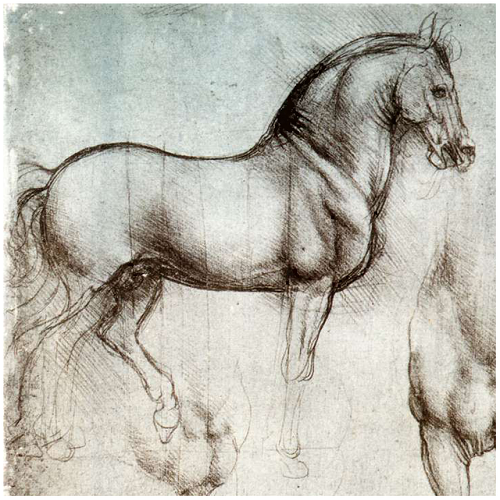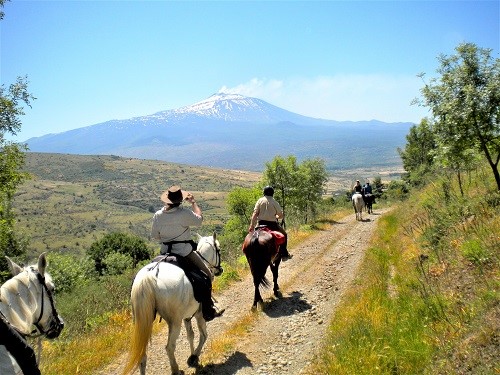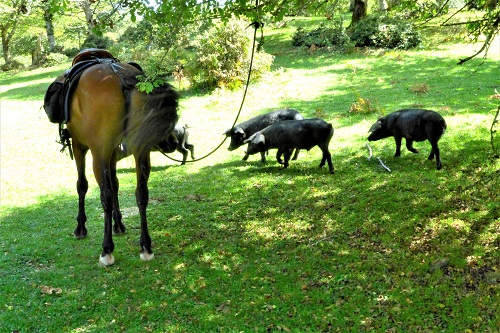Ride of the Month - September in Sicily
“And anyone who has once known this land can never quite be free from the nostalgia for it”
D.H. Lawrence
Stratovolcano
“One criticises the English for carrying their teapots wherever they go,
even lugging them up Mount Etna…”
Goethe
The Transiciliana Ride in Sicily is one of our favourites in Europe, largely because its a true 'journey' with the feeling of challenge and accomplishment that brings - but also because of the varied and unspoilt countryside it crosses (we're sure you'll be suprised) and (perhaps not so suprising..) because the Sicilians know a thing or two about good locally grown food, wine and all round hospitality!
The route starts close to the attractive small town of Castelbuono and ends high on the volcanic slopes of Etna herself. One of the things I so enjoyed was that her craterous peaks are constantly before you as you ride, giving a worthy goal to aim for - and a wonderful feeling of achievement when, on your last riding day, you finally make it onto the slopes of one of the most iconic natural sites in the world. The largest active volcano in Europe, at 3329 metres twice the height of Vesuvius - by golly you'll be glad your horse is the one scaling it for you!
Fascinating Fact: The story goes that the ancient Greek philosopher Empedocles threw himself into the burning crater of Mount Etna, hoping people would believe (his body having vanished) that he must have become an immortal god. But, according to Diogenes, the volcano had the last laugh when it then spat out one of his bronze sandals.
Sicilian Indigenous
Nun mèttiri lu carru davanti li voi. “Don't put the cart before the horse.”
Sicilian proverb
Your local guide, Paolo owns or co-owns all the horses used for the ride and knows them very well.They are mostly 'Sicilian Indigenous', that is, a mix of the sturdy Sanfratellano, thought to have descended from Norman battle horses, with infusions of Arab and Andalucian blood. This mixture results in horses that are strong, surefooted, and perfect for riding in the mountains. Paolo also uses natural horsemanship techniques to train his horses and they are obviously happy and calm in their environment, making them a lovely, relaxed ride.

Fascinating Fact: Sicilian breeds have long been admired - Leonardo de Vinci even chose one as a model for his studies on horse proportions (the Ciciliano horse of Galeazzo Sanseverino). Trying to fully explain the evolution of the island's horse breeds inevitably leads to a potted history of the island's many invasions, with different breeds having been brought by the Romans, Moors and Normans. Horses thrive on the good grazing produced by the island's rich volcanic soil and are intricately interwoven with the island's history.
The Med’s Breadbasket
“The climate’s delicate; the air most sweet / Fertile the isle,
the temple much surpassing / The common praise it bears.”
Shakespeare
Like her horses, Sicily’s produce reflects the island’s varied inhabitants - the Greeks brought vines, olives and figs; the Arabs planted dates, lemons and almonds; the Spanish brought tomatoes and oranges, and the Romans reaped vast amounts of grain. Today locally produced food and an appreciation of it, is part of what Sicily is.
Despite centuries of intensive farming, the Med’s largest island is still home to diverse flora and fauna. I was completely taken aback by the open and varied countryside we rode through; cornfields stretching for miles, ancient chestnut woods and high pastures on the mountains. The famous Hundred Horse Chestnut on the eastern slopes of Etna is the largest and oldest chestnut tree in the world at somewhere between a staggering 2000 and 4000 years old, and as you ride through the Nebrodi and Madonie National Parks you might spot roe deer and wild boar, the “Little black pigs of the Nebrodi” and if you’re lucky, golden eagles.
Fascinating fact: The island was home to the Sicilian Hippopotamus and the dwarf elephant until around 8000 BC, around the time the first humans arrived.
“This is ours”
“Sicilians build things like they will live forever and eat like they will die tomorrow.”
Plato
For generations Sicily has been ruled not by foreign occupation but by arguably the longest standing criminal organisation in the world - of course, the Mafia. You may be surprised not to find a chap in a dark suit and glasses on every street corner, but while the Mafia are undoubtedly still hugely influential, it’s not quite like The Godfather. If you ask nicely Paolo can tell you about the realities of the modern day Cosa Nostra....
The side of the Sicilians you will see, however, is a fiercely independent and traditional society, keen to welcome visitors to the island they are so proud of, and in particular to feed them some of the islands specialities - like the famous, super sweet “cannoli”.

Fascinating fact: Notorious mafia boss Bernardo Provenzano was arrested in 2006, found hiding in a dilapidated farmhouse. He was the world’s most wanted Mafia fugitive, but he had managed to stay on the run for a staggering 42 years - without ever having left Sicily.
When to go
I rode in Sicily in late June and (after a scorching first few weeks of the month) it was never too hot. I loved being able to swim in the evenings after riding and for that I'd recommend a late spring or early autumn ride. Favourites months are probably May (wild flowers) and June (lovely swimming weather), September (early autumn) and October. November days can still be wonderfully blue-skied and bright, but as October and November progress you are at risk of Etna being under fog and cloud.






